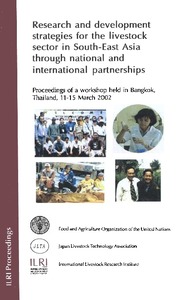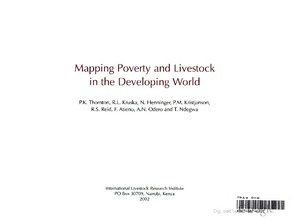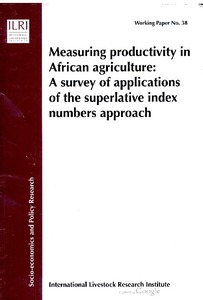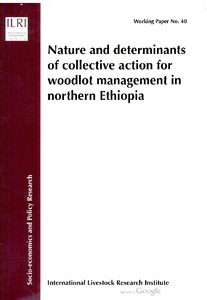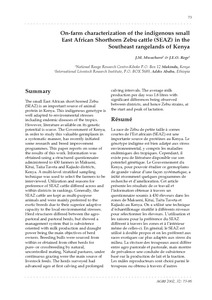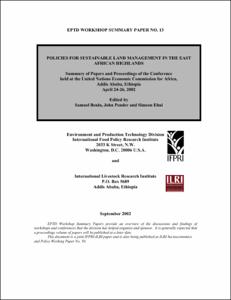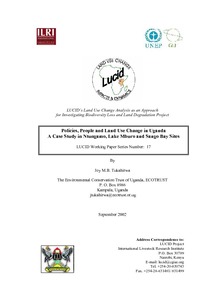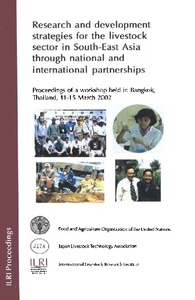Livestock to 2020 in South-East Asia: implications for policies and development strategies
Factors driving the demand for livestock products in the developing countries are primarily population growth, urbanisation and income growth. These factors are expected to continue to fuel the increase in milk and meat consumption in the next millennium, creating a veritable livestock revolution.

